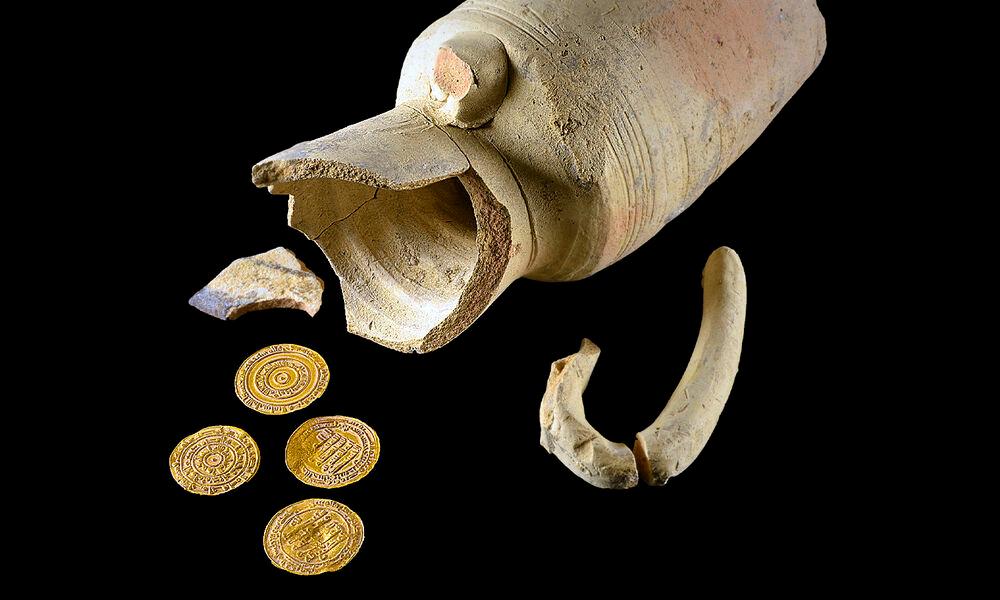An ancient and valuable find was unearthed by archeologists during excavations in Jerusalem in October when they discovered a juglet (small pottery jar) containing a hidden treasure: four 1,000-year-old gold coins.
The extraordinary find, announced by the Israel Antiquities Authority (IAA), was part of the Jewish Quarter Development Corporation’s plan to make the Western Wall Plaza more accessible to visitors coming from the Quarter.






